Up in the arctic, it gets extremely cold, so the animals that live there have to have adaptations that will let them survive the wicked temperatures. Some have thick fur or waterproof feathers, and some, like the walrus, have very thick skin. Walruses are massive animals; a fully grown male weighs up to 3000 pounds!
Up in the arctic, it gets extremely cold, so the animals that live there have to have adaptations that will let them survive the wicked temperatures. Some have thick fur or waterproof feathers, and some, like the walrus, have very thick skin.
Walruses are massive animals; a fully grown male weighs up to 3000 pounds! Part of what makes them so heavy is the same thing that helps keep them warm: their blubber!
Blubber is a type of thick fat that animals in the arctic have to keep them warm. But walruses have even more protection over that. A walrus’s skin is extremely thick and can be up to 4 cm thick on the shoulders – that’s about sixteen times thicker than human skin! That thick skin is like armour to help protect them, not just from attacks by other walruses (those tusks can be sharp!), but also from the cold.
In fact, walrus skin is so good at keeping heat in that walruses have a complicated “air conditioning” system of blood vessels in their skin! When the walrus is very cold, the blood vessels shrink and stop the blood from reaching the skin and losing heat. When this happens the walrus becomes grey or almost white. At normal arctic temperatures, the walrus is brown, but when it gets really warm, the blood vessels in the skin open up. This lets the blood release heat into the air, but it also makes the walrus turn bright pink!
That’s a colourful way to cool down!







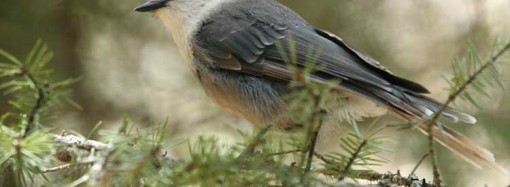
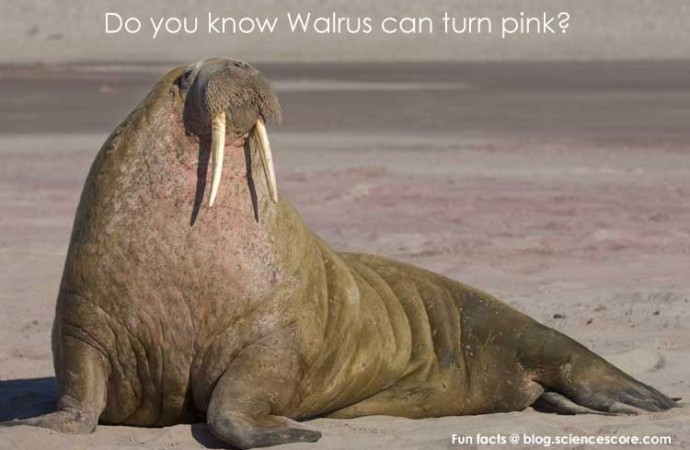
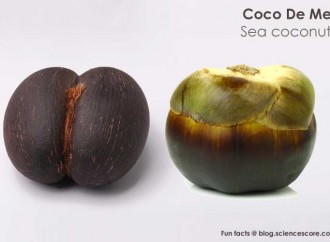



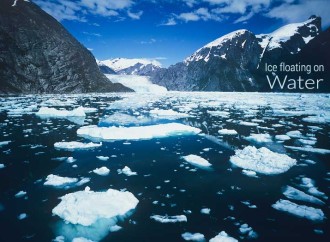

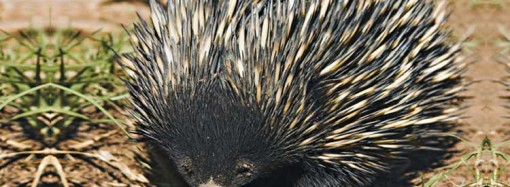
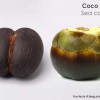


























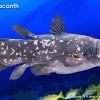

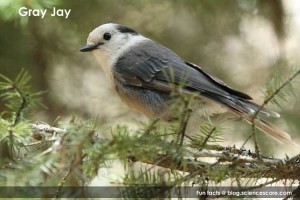

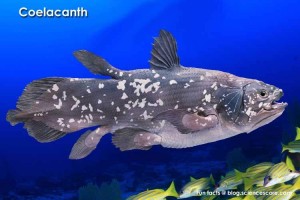
Leave a Reply